Below are some photos of our Little Sisters who live in the Mercy Home. They are all doing well in school with a few attending college and preparing to be nurses. These photos depict a normal day of getting up, having breakfast, walking to school, or waiting to catch a bus to school. In one group photo, you will see Pastor Timoti and his wife Lydia standing with the children. Continue to pray for girls, that God would keep them safe, help them in their studies, and that even now He would be preparing them and providing for them, in all that lies ahead. Between the two groups of photos we have provided some information to help you gain some additional insight about both the caste system and hill tribe peoples.
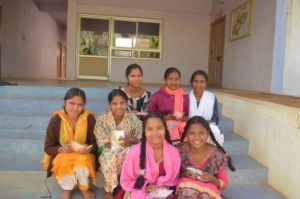
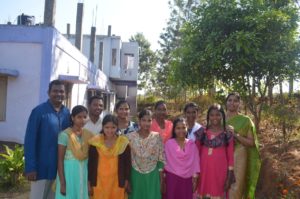
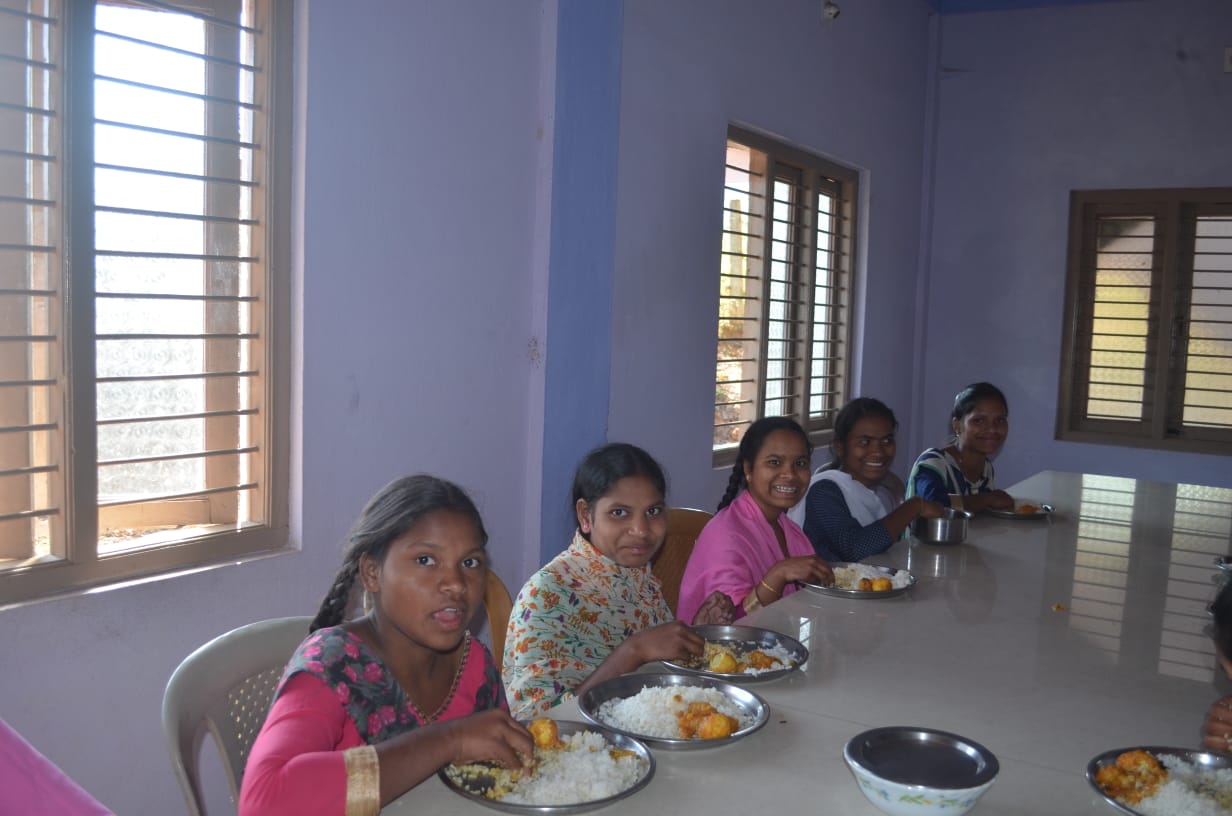
Understanding the caste system
Historically the caste system has formed the social and economic framework for the life of the people in India. In its essential form, caste as the system of social and economic governance is based on principles and customary rules that: (1) Involve the division of people into social groups (castes) whereas assignments of rights are determined by birth and hereditary. (2) The assignment of basic rights among various castes is unequal and hierarchical, with those at the top enjoying most rights coupled with least duties and those at the bottom performing most duties coupled with no rights. (3) The system is maintained through the rigid enforcement of social ostracism (a system of social and economic penalties) in case of any deviations.
Inequality is at the core and heart of the caste system and is supported by philosophical, moral, social and legal foundations of Hindu society. What is caste-based discrimination? It is discrimination on the basis of work and descent. It is an ancient form of oppressive, hierarchical social organisation that ordered people according to their family of birth. It has remained in place despite its legal abolition. Many laws, as well as the Constitution itself, have been introduced in India banning caste discrimination, untouchability and their manifestations. The problem is not the law, but its implementation. At all levels, there is a lack of political will to ensure that the laws are applied on the ground. Untouchability, bonded labour, poverty, manual scavenging, segregation, landlessness and violence are the everyday reality, whatever the laws and special measures are.
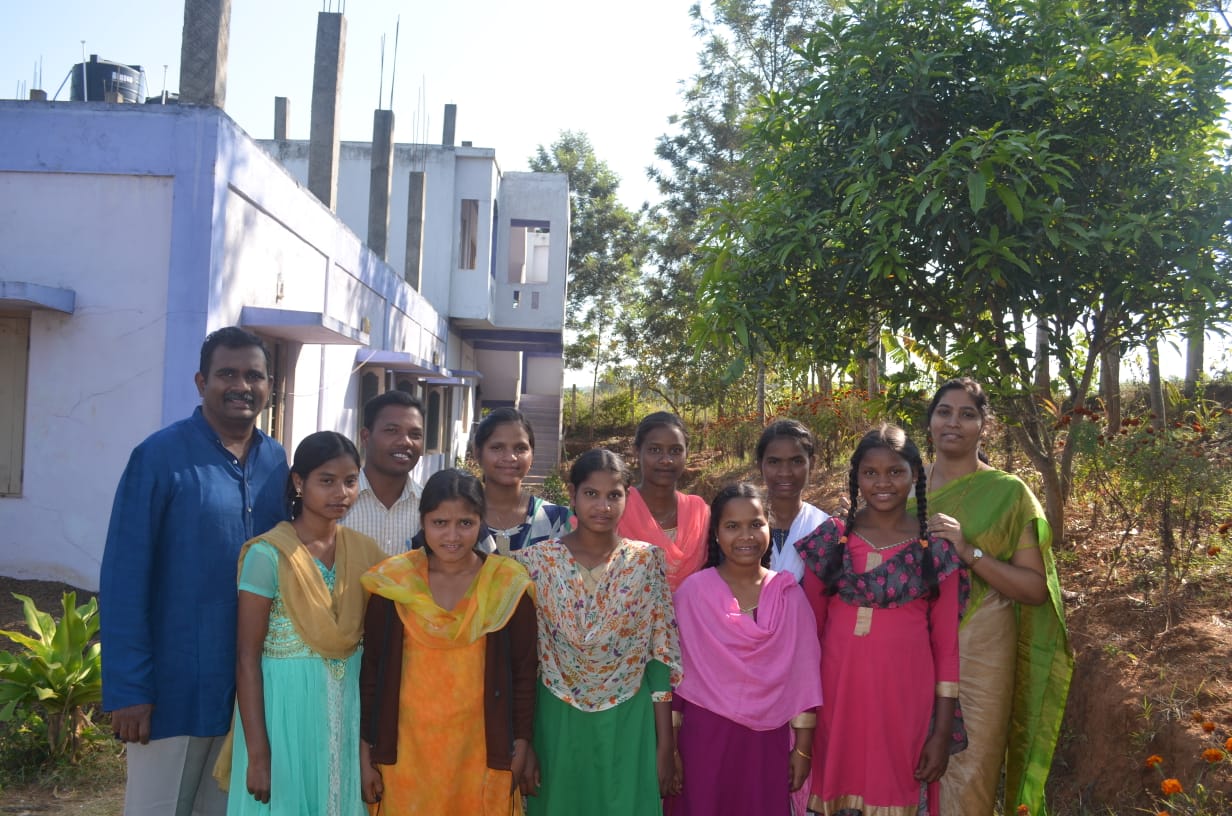
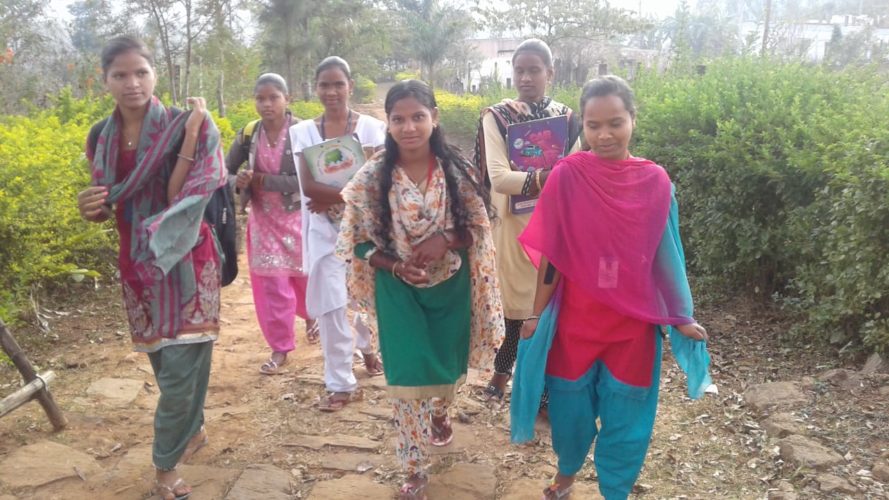
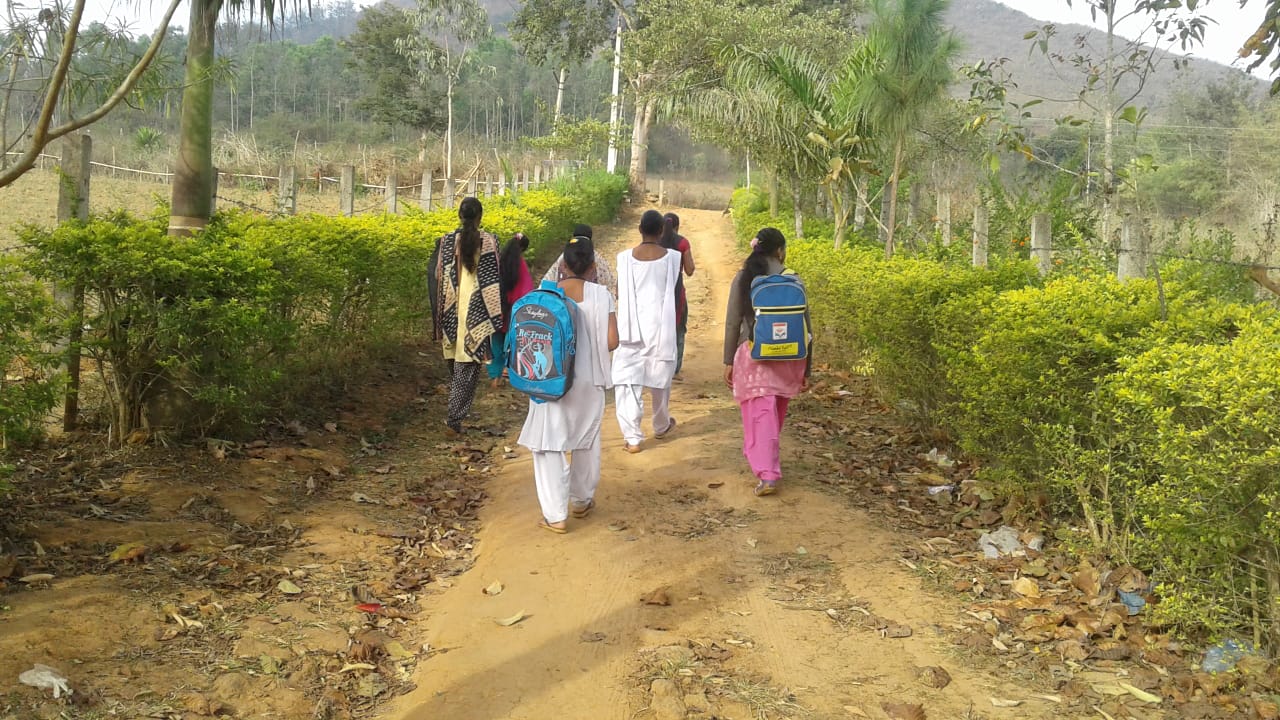
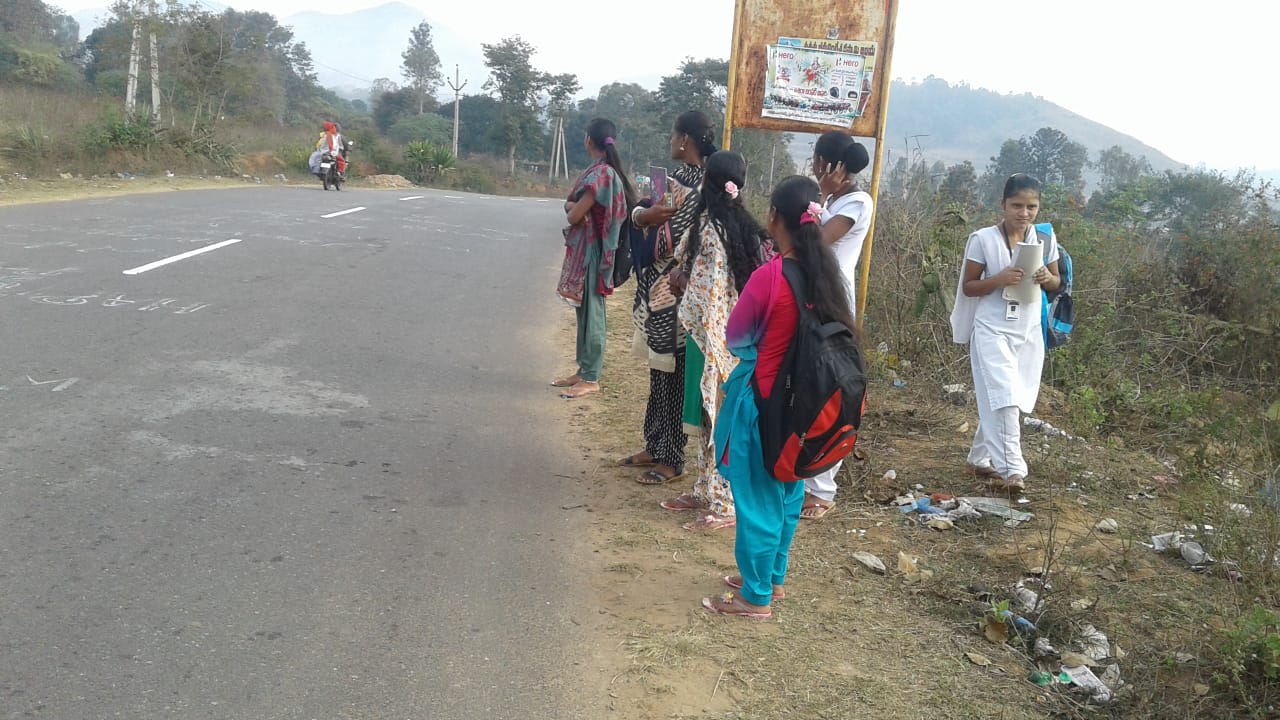
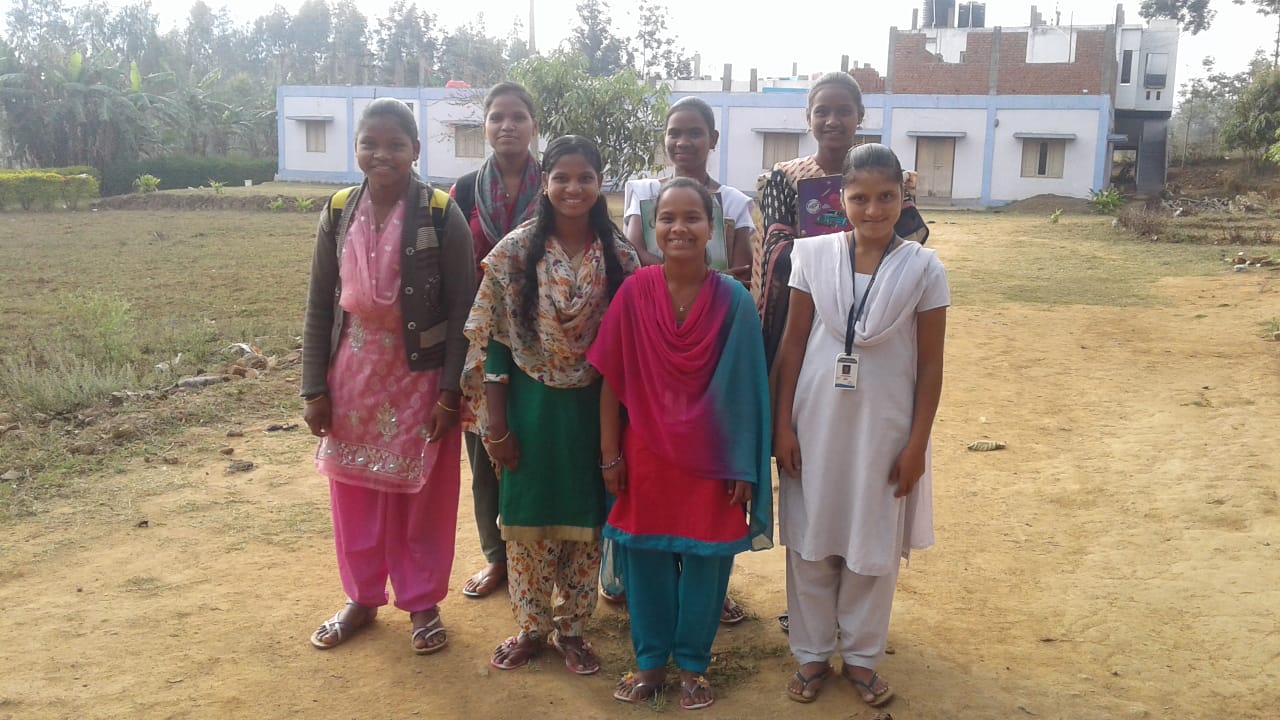
Understanding Hill Tribes
All of our Little Sisters come from hill tribes in the Eastern Hills of Andhra Pradesh. Hill tribes are defined as indigenous communities that live at an elevation above 1,000 meters. Tribals were traditionally considered below untouchable in the caste system. Tribes tend to be groups that occupy a certain geographical area and marry within the group. They often have their own language and their own distinct material culture. Hill tribe members have traditionally been regarded as animists but there are many examples of hill tribe members who are Hindus, Muslim, Buddhist and Christian. In fact, all of our little sisters have personally come to a saving faith in Jesus Christ, for which we rejoice!
